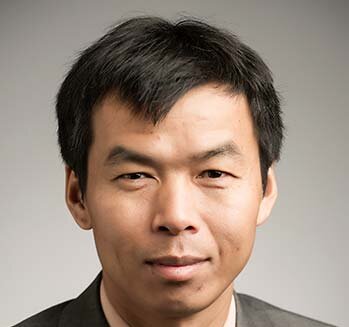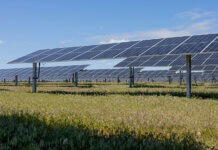The U.S. Department of Energy’s (DOE’s) National Renewable Energy Laboratory (NREL), joined by partners at Sandia National Laboratories and the Australian Solar Thermal Research Institute, has launched the Heliostat Consortium (HelioCon), an international effort to drive down the cost of heliostats.
HelioCon, led by NREL, emphasizes the significance of heliostats as a key component of concentrating solar-thermal power (CSP) technologies. CSP with low-cost thermal energy storage can be used either to produce dispatchable electricity or provide high-temperature heat to difficult-to-decarbonize industries, like cement, steel and chemical production.
Heliostats track the sun in order to reflect sunlight to a receiver, where it can be stored as heat for long-duration energy storage and converted into electricity. There can be more than 10,000 heliostats in a single CSP plant, representing 30%-50% of the cost of system construction and a primary driver of operations and maintenance costs.
The DOE’s Solar Energy Technologies Office (SETO) is working to lower heliostat costs, with a target of $50 per square meter, to reach its goal of $0.05 per kWh for next-generation CSP plants, which incorporate thermal energy storage.
HelioCon will leverage the expertise of researchers from national laboratories, industry and other research institutions across the globe.
“The Heliostat Consortium will be a collective powerhouse that centralizes U.S. efforts to develop advanced heliostat technology,” says Guangdong Zhu, HelioCon’s director and an NREL senior researcher. “It will also leverage international expertise toward achieving DOE’s aggressive goals.”
As part of the strategic roadmap, HelioCon will develop standards, metrology, techno-economic analysis and field deployment technologies to address heliostat costs. In addition, it seeks to increase domestic manufacturing of solar technologies and bring more professionals into clean energy careers.
“Low-cost CSP can help us achieve a net-zero energy sector,” mentions Avi Shultz, SETO CSP’s program manager. “CSP’s ability to directly generate high temperatures at low cost will directly address many industrial applications whose emissions can’t be easily reduced with other technologies or electrified.”
“With its collaborative, industry-focused structure, the Heliostat Consortium will provide a clear roadmap for the industry,” states Johney Green, NREL’s associate laboratory director for Mechanical and Thermal Engineering Sciences. “Key efforts like HelioCon will help ensure we move the country toward an equitable clean energy economy and a path to net-zero carbon emissions by 2050.”
HelioCon is funded by SETO.




